For four consecutive years spine surgeons from SOS and Upstate Bone and Joint have had the privilege of traveling to Peru as part of the Eagle-Condor Humanitarian medical expedition to treat impoverished patients with varying degrees of spinal care. Each year has brought different challenges and different rewards.
This year, the Eagle-Condor mission took Dr. Wulff, Dr. Colin Harris from SOS, Dr. William F. Lavelle from Upstate Medical University and Dr. Rakesh Ramakrishnan, a fellow at Upstate Medical University, to the Hospital Maria Auxiliadora in Lima, Peru for about a week beginning May 2. Although a government-run hospital, like the one they visited in 2014, it has more capabilities than the hospital the team traveled to in 2014. “We worked with local neurosurgical residents who were eager to participate and eager to learn,” says Wulff. “There was more energy and more medical support.”
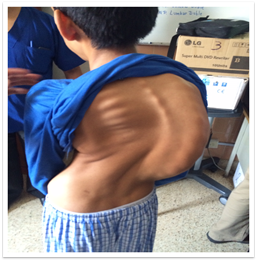 Since the local medical staff has the ability to treat less serious conditions, the Eagle-Condor team encountered more complex surgical cases. After reviewing and prioritizing the patient cases, they were able to perform surgery on 15 patients. While last year the team treated adult patients with spinal deformities due to degenerative causes or tuberculosis, this year many of the surgeries were on complex pediatric scoliosis patients. Such severe cases are rare in the US because of the availability of early preventative medical care.
Since the local medical staff has the ability to treat less serious conditions, the Eagle-Condor team encountered more complex surgical cases. After reviewing and prioritizing the patient cases, they were able to perform surgery on 15 patients. While last year the team treated adult patients with spinal deformities due to degenerative causes or tuberculosis, this year many of the surgeries were on complex pediatric scoliosis patients. Such severe cases are rare in the US because of the availability of early preventative medical care.
There were two young patients whose stories portray the difference the surgical skill and compassion of our surgeons can make in a life.
This 13-year-old boy, pictured right, was born with congenital scoliosis, which remained untreated. While he doesn’t experience intense physical pain, the mental and emotional anguish he has endured because of his physical differences has taken a toll on his spirit. One can simply imagine the taunts he experienced at school.
The team was able to make corrections to his scoliosis with surgery, and it was heartwarming and satisfying to see this picture of the young man with nurses after his surgery.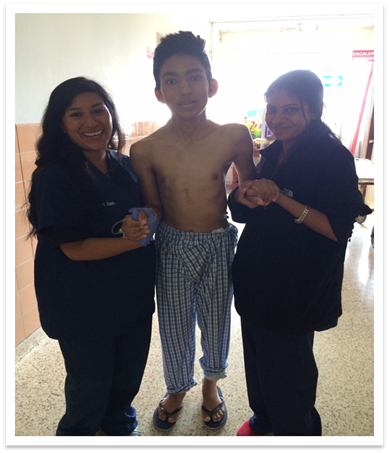
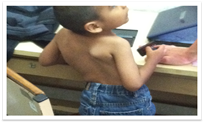 There was another case with a much younger boy born with a similar congenital scoliosis condition. That patient was only three-years-old, so his deformity hadn’t had time to develop and wasn’t as noticeable. The doctors were able to operate on him, which gives him the promise of never having to experience the taunts and emotional damage the teen had endured.
There was another case with a much younger boy born with a similar congenital scoliosis condition. That patient was only three-years-old, so his deformity hadn’t had time to develop and wasn’t as noticeable. The doctors were able to operate on him, which gives him the promise of never having to experience the taunts and emotional damage the teen had endured.
Now, the teen should be able to stand tall and have a more promising, healthy life, while the toddler can avoid the taunts and enjoy, at least for a time, the comforts of childhood. It is these pictures, these human stories, which portray the compassion of this mission, of why the Eagle-Condor medical expeditions will continue, and why Dr. Wulff and the others will return if invited.
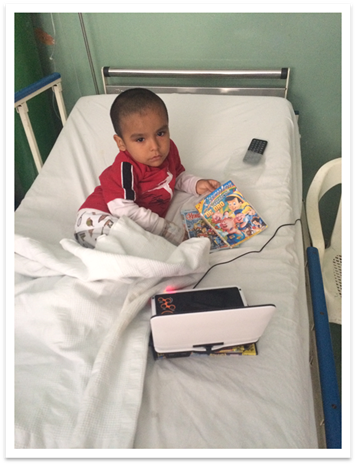
The humanitarian aspect of the mission is the reason Dr. Wulff and others keep returning. But, he says the camaraderie of the team is another benefit. “We don’t often get to work together at home,” states Dr. Wulff. “But on the trip, working together for the long days, from 6:30 am – 10 pm, is a good opportunity to bond and learn from each other.”
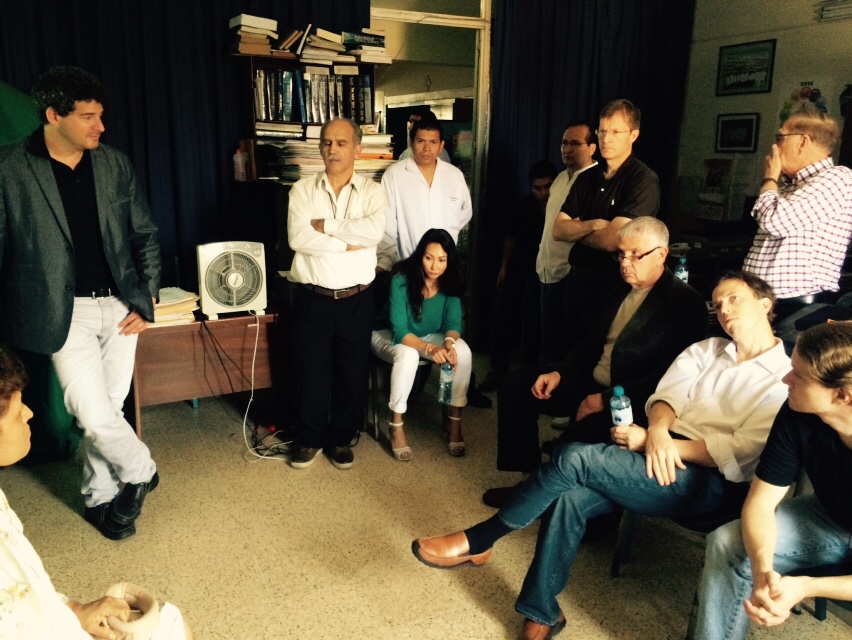
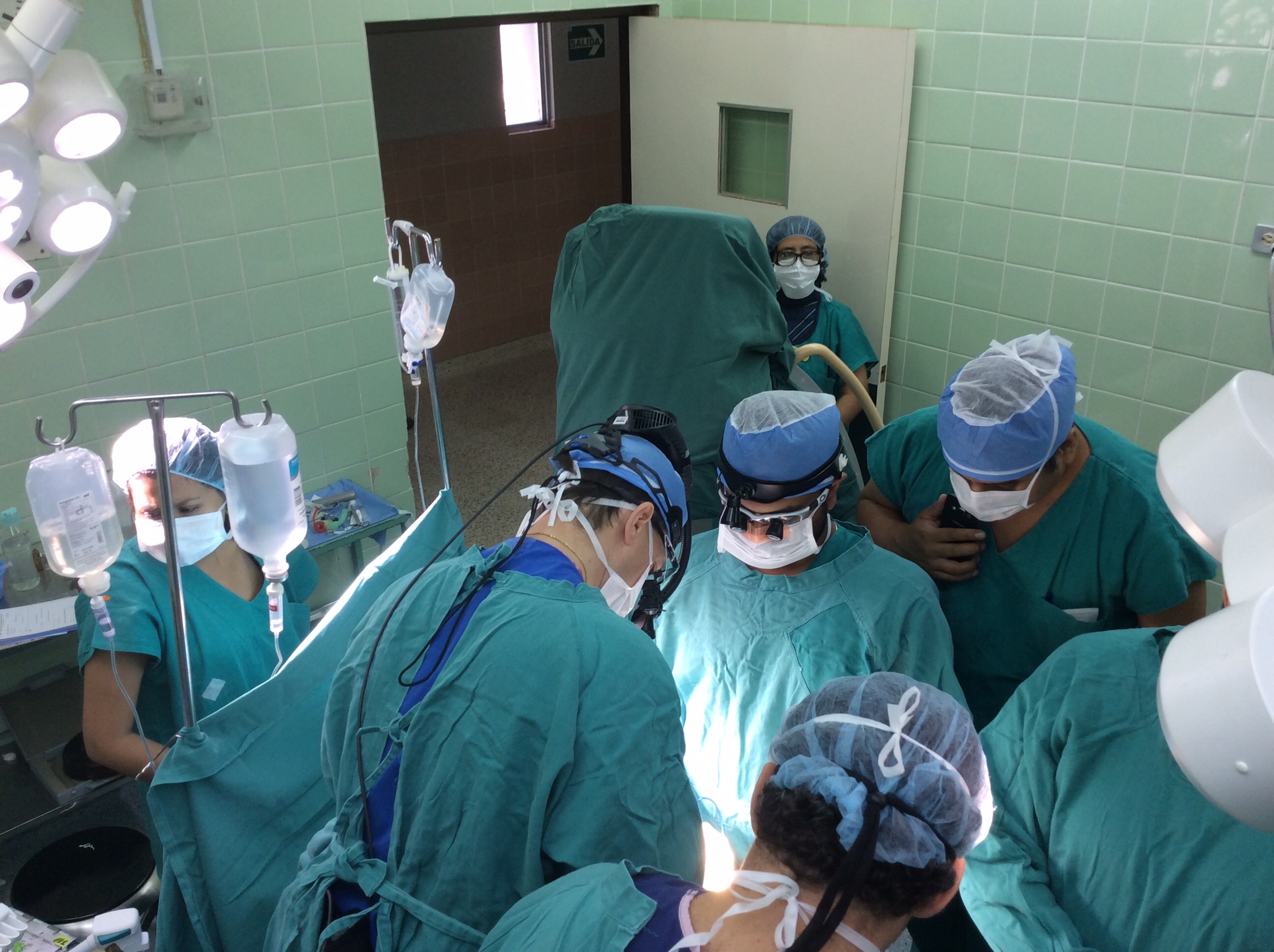
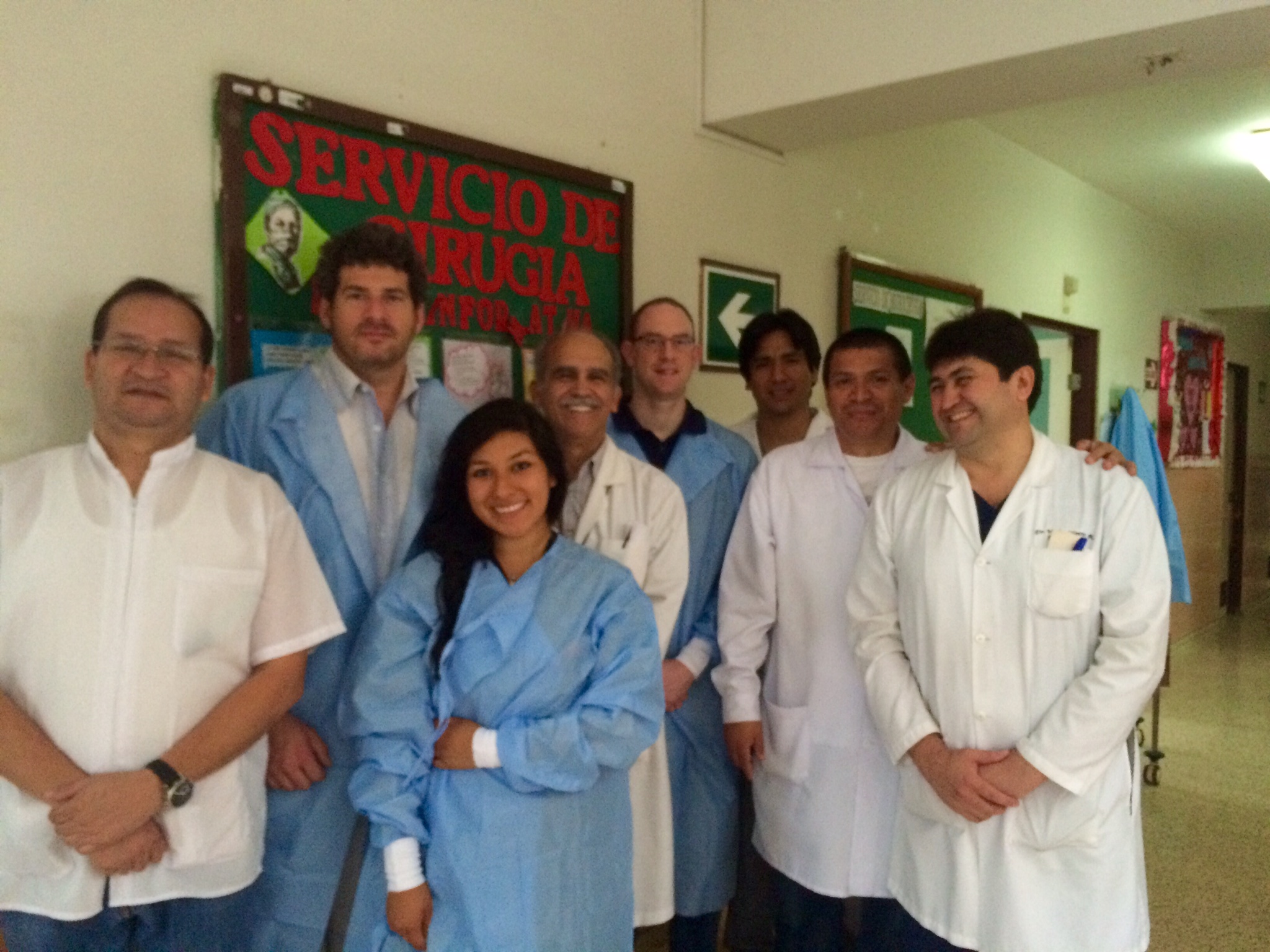
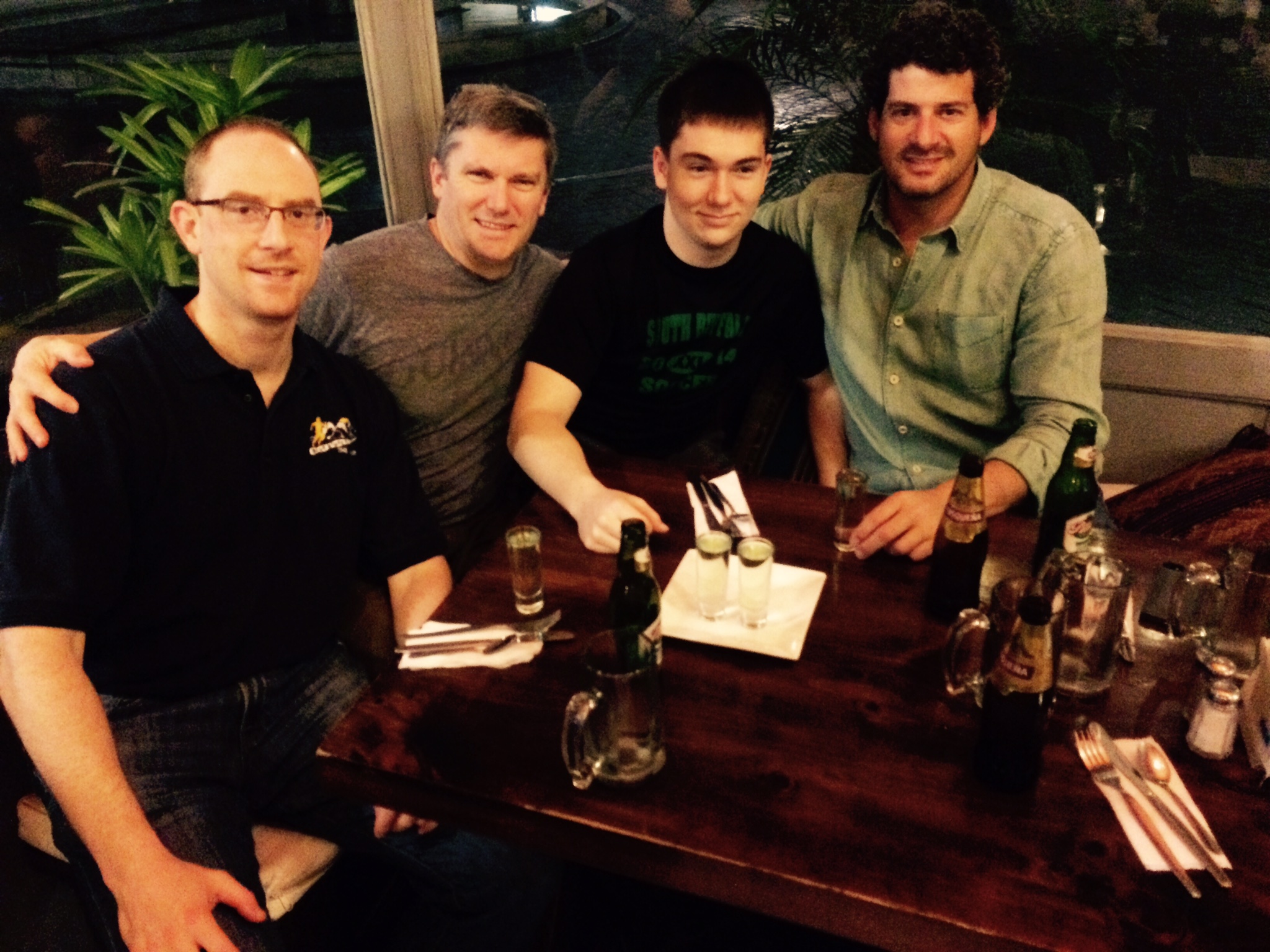
On a side note, the “Bone Growth Stims for Peru” program which Dr. Wulff’s sons began after their trip to Peru in 2013 continues to be a success and raise awareness of the need for medical supplies in impoverished areas. This year, the team was able to bring 15 refashioned bone stims on their trip.
If you have a bone growth stimulator that is no longer needed, please consider donating it. When your doctor says it is ok to discontinue use, please drop it and any unused supplies to our spine center. The team will be sure it goes to someone in need.
